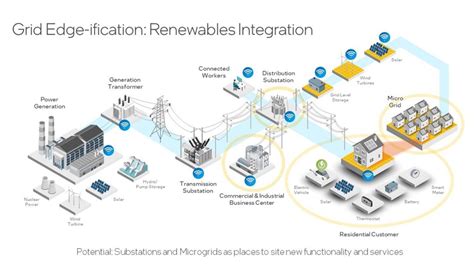In recent times, battery-swap networks have emerged as a pivotal technology in enhancing the stability of electrical grids, particularly during emergencies. The innovative use of decentralized battery storage in Taiwan has demonstrated how these networks can contribute significantly to mitigating the risk of blackouts. This becomes especially crucial in an era where renewable energy sources like solar and wind, which are inherently intermittent, form a substantial portion of our energy mix.
Battery swapping, where depleted batteries in electric vehicles (EVs) or other mobile units are exchanged for charged ones, does more than just provide convenience for EV owners. These systems can play a strategic role in grid management by dynamically adjusting power consumption based on real-time grid conditions. For example, during periods of high energy demand or grid strain—such as after an earthquake or during extreme weather events—the battery-swap stations can temporarily halt charging activities. This was effectively showcased in Taiwan, where halting the charging at 590 stations resulted in a reduction of local demand by six megawatts, showcasing a simple yet impactful method of grid stabilization.
Batteries at the periphery of the grid serve as decentralised storage units that can either draw power or feed it back into the grid. This capability, though not widely implemented yet, is gaining traction. Current EVs predominantly lack the required circuitry for vehicle-to-grid (V2G) technology, which could allow stored energy in vehicles to be fed back into the grid. However, with advancements in technology and the development of standards like the CCS protocol, this could soon change, allowing EVs to become integral parts of the smart grid ecosystem.
Proponents of battery-swap networks argue that they can provide immediate relief to strained grids during emergencies. By simply pausing the charging process, these networks reduce demand, affording crucial moments for grid operators to stabilize the supply. Moreover, the potential for these stations to discharge stored energy back into the grid could further enhance their utility. As energy policies and infrastructure evolve, integrating smart battery management systems into the mainstream energy grid could offer a sustainable and resilient solution to power management challenges.
In the broader context of electric infrastructure, microgrids and virtual power plants are also significant. As several comments from industry experts suggest, the idea of building energy-resilient communities through microgrids—where a collection of buildings operate as an independent power network—is gaining momentum. Such systems are self-sufficient and can continue to operate even when the main grid fails, reducing the impact of widespread outages. They can coordinate the energy produced by local solar panels and store it in community batteries, providing a buffer against short-term disruptions.
Meanwhile, the conversion of electric vehicle batteries for secondary uses is another promising avenue. Research is underway to repurpose batteries from electric cars for home energy storage, making use of otherwise decommissioned batteries from vehicles. This not only extends the lifecycle of these batteries but also reduces the initial costs of EVs and makes homes more resilient to power outages. Companies such as Tesla have already made strides with products like the Powerwall, and many utilities are experimenting with similar concepts, often leasing home battery systems to their customers.
Ultimately, the transition to smarter, decentralized energy systems could reshape our approach to grid management and energy consumption. The comments suggest that while the technical challenges are non-trivial, the potential benefits of widespread battery integration—both at the consumer and grid level—are immense. By investing in these technologies and fostering their adoption, we can move toward a more resilient and sustainable energy future, well-equipped to handle emergencies and the growing demand for electric power.


Leave a Reply